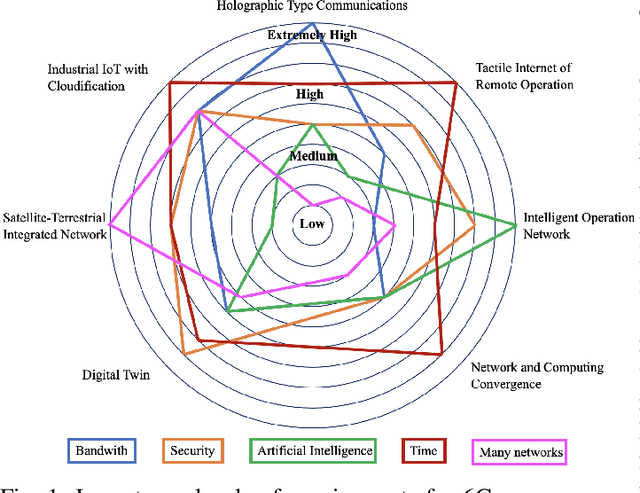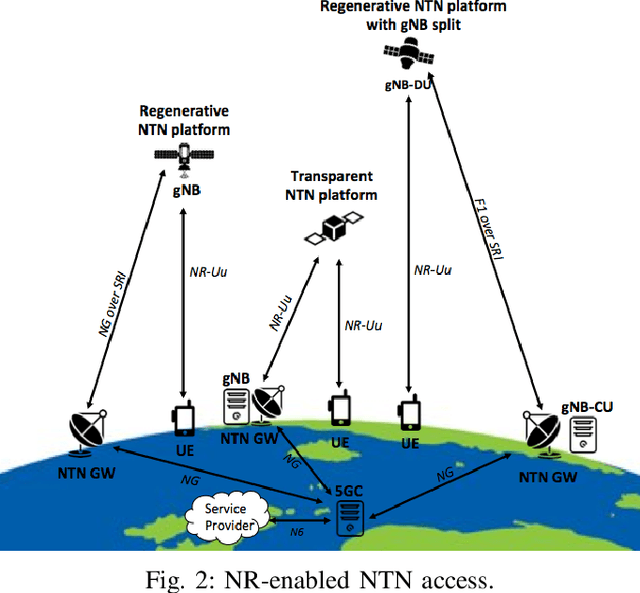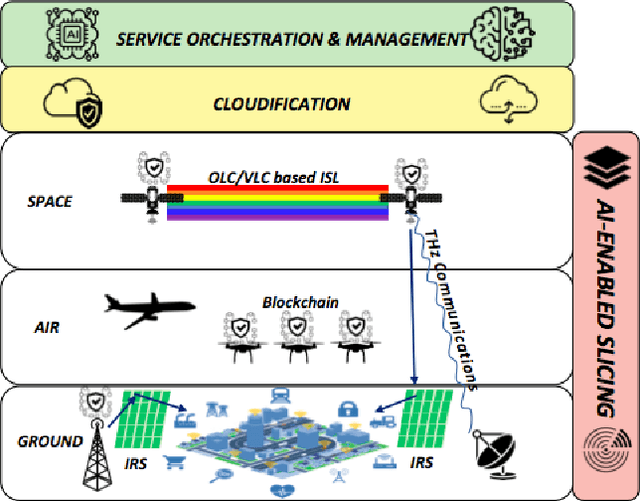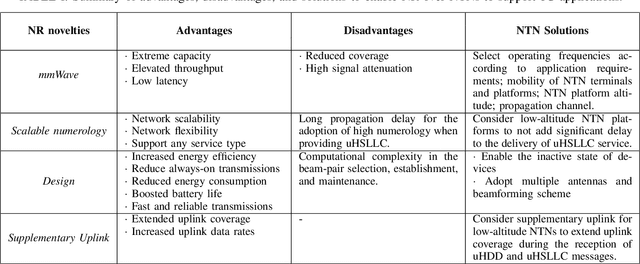Giuseppe Araniti
User Subgrouping and Power Control for Multicast Massive MIMO over Spatially Correlated Channels
Sep 18, 2024Abstract:Massive multiple-input-multiple-output (MIMO) is unquestionably a key enabler of the fifth-generation (5G) technology for mobile systems, enabling to meet the high requirements of upcoming mobile broadband services. Physical-layer multicasting refers to a technique for simultaneously serving multiple users, demanding for the same service and sharing the same radio resources, with a single transmission. Massive MIMO systems with multicast communications have been so far studied under the ideal assumption of uncorrelated Rayleigh fading channels. In this work, we consider a practical multicast massive MIMO system over spatially correlated Rayleigh fading channels, investigating the impact of the spatial channel correlation on the favorable propagation, hence on the performance. We propose a subgrouping strategy for the multicast users based on their channel correlation matrices' similarities. The proposed subgrouping approach capitalizes on the spatial correlation to enhance the quality of the channel estimation, and thereby the effectiveness of the precoding. Moreover, we devise a max-min fairness (MMF) power allocation strategy that makes the spectral efficiency (SE) among different multicast subgroups uniform. Lastly, we propose a novel power allocation for uplink (UL) pilot transmission to maximize the SE among the users within the same multicast subgroup. Simulation results show a significant SE gain provided by our user subgrouping and power allocation strategies. Importantly, we show how spatial channel correlation can be exploited to enhance multicast massive MIMO communications.
* 14 pages, 25 figures
Towards 6G Non-Terrestrial Networks
Sep 29, 2021



Abstract:Sixth-Generation (6G) technologies will revolutionize the wireless ecosystem by enabling the delivery of futuristic services through terrestrial and non-terrestrial transmissions. In this context, the Non-Terrestrial Network (NTN) is growing in importance owing to its capability to deliver services anywhere and anytime and also provide coverage in areas that are unreachable by any conventional Terrestrial Network (TN). The exploitation of the same radio technology could greatly facilitate the integration of NTNs and TNs into a unified wireless system. Since New Radio (NR) is the de facto standard to deliver manifold heterogeneous services in terrestrial wireless systems, 3GPP is investigating new solutions to extend NR to NTNs. In this paper, the constraints that NTN features place on NR procedures are investigated by going thoroughly into 3GPP specifications; strengths and weaknesses of the NR technology in enabling typical 6G services on NR-enabled NTNs are identified; finally, open issues and insights are provided as guidelines to steer future research towards 6G NTNs.
User Subgrouping in Multicast Massive MIMO over Spatially Correlated Rayleigh Fading Channels
Feb 19, 2021



Abstract:Massive multiple-input-multiple-output (MaMIMO) multicasting has received significant attention over the last years. MaMIMO is a key enabler of 5G systems to achieve the extremely demanding data rates of upcoming services. Multicast in the physical layer is an efficient way of serving multiple users, simultaneously demanding the same service and sharing radio resources. This work proposes a subgrouping strategy of multicast users based on their spatial channel characteristics to improve the channel estimation and precoding processes. We employ max-min fairness (MMF) power allocation strategy to maximize the minimum spectral efficiency (SE) of the multicast service. Additionally, we explore the combination of spatial multiplexing with orthogonal (time/frequency) multiple access. By varying the number of antennas at the base station (BS) and users' spatial distribution, we also provide the optimal subgroup configuration that maximizes the spectral efficiency per subgroup. Finally, we show that serving the multicast users into two orthogonal time/frequency intervals offers better performance than only relying on spatial multiplexing.
 Add to Chrome
Add to Chrome Add to Firefox
Add to Firefox Add to Edge
Add to Edge